detail profile harry smith
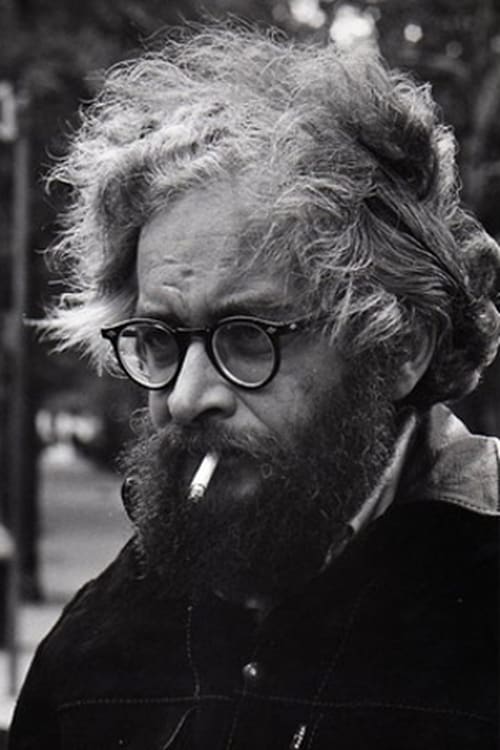
Harry Smith
Harry Everett Smith
atau dikenal sebagai
Riwayat Hidup
Harry Everett Smith (May 29, 1923 in Portland, Oregon – November 27, 1991 in New York City) was a visual artist, experimental filmmaker, record collector, bohemian, mystic, and largely self-taught student of anthropology.
Smith was an important figure in the Beat Generation scene in New York City, and his activities, such as his use of mind-altering substances and interest in esoteric spirituality, anticipated aspects of the Hippie movement.
Besides his films, Smith is widely known for his influential "Anthology of American Folk Music," drawn from his extensive collection of out-of-print commercial 78 rpm recordings.
Throughout his life Smith was an inveterate collector.
In addition to records, artifacts he collected included string figures, paper airplanes, Seminole textiles, and Ukrainian Easter eggs.
Description above from the Wikipedia article Harry Everett Smith, licensed under CC-BY-SA, full list of contributors on Wikipedia.
Info Pribadi
Peran Yang Di Mainkan Harry Smith
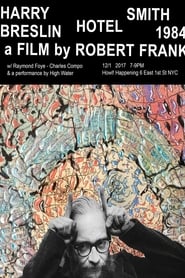 The 94yearold Robert Franks unique recordings...
The 94yearold Robert Franks unique recordings...Harry Smith at the Breslin Hotel 2017
The 94-year-old Robert Frank’s unique recordings of his fellow artists Harry Smith and Allen Ginsberg, which he had salvaged from his own archive for Harry Smith at the Breslin Hotel.
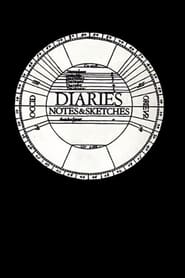 An epic portrait of the New...
An epic portrait of the New...Diaries, Notes, and Sketches 2013
An epic portrait of the New York avant-garde art scene of the 60s.
 This exhibition focuses on Jonas Mekas 365...
This exhibition focuses on Jonas Mekas 365...365 Day Project 2007
This exhibition focuses on Jonas Mekas’ 365 Day Project, a succession of films and videos in calendar form. Every day as of January 1st, 2007 and for an entire year, as indicated in the title, a large public (the artist's friends, as well as unknowns) were invited to view a diary of short films of various lengths (from one to twenty minutes) on the Internet. A movie was posted each day, adding to the previously posted pieces, resulting altogether in nearly thirty-eight hours of moving images.
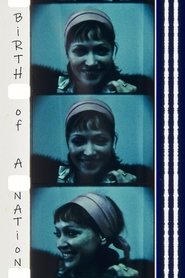 Filmmaker Jonas Mekas films 160 underground film...
Filmmaker Jonas Mekas films 160 underground film...Birth of a Nation 1997
Filmmaker Jonas Mekas films 160 underground film people over four decades.
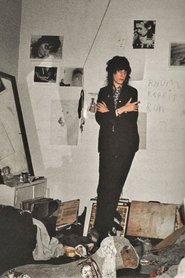 A pilot for a documentary film...
A pilot for a documentary film...Chelsea Hotel 1970
A pilot for a documentary film capturing life at the Chelsea Hotel in the early 1970s. The film was never finished due to budget issues. 'A regrettable folly of my youth,' said the director, Albert Scopin.
 The films were made between 1964 and 1966...
The films were made between 1964 and 1966...Andy Warhol Screen Tests 1965
The films were made between 1964 and 1966 at Warhol's Factory studio in New York City. Subjects were captured in stark relief by a strong key light, and filmed by Warhol with his stationary 16mm Bolex camera on silent, black and white, 100-foot rolls of film at 24 frames per second. The resulting two-and-a-half-minute film reels were then screened in 'slow motion' at 16 frames per second.
 Early Abstractions is a collection of...
Early Abstractions is a collection of...Early Abstractions 1965
Early Abstractions is a collection of seven short animated films created by Harry Everett Smith between 1939 and 1956. Each film is between two and six minutes long, and is named according to the chronological order in which it was made. The collection includes Numbers 1–5, 7, and 10.
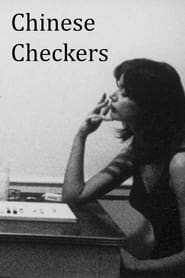 His Oriental predator is at first...
His Oriental predator is at first...Chinese Checkers 1965
His Oriental predator is at first clothed in black, her 'victim' in white; slowly the costumes change, the victim acquiring a veil of mourning, until finally - as if to underline the ambiguity and interchangeability of their respective roles - the colours are reversed altogether. Still more interesting is the way in which, as the game becomes more ambiguous, Dwoskin adds fresh layers of make-up to his characters' faces, until they become almost caricature masks of their original selves.
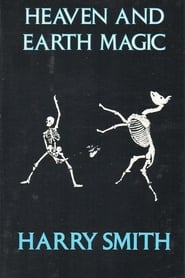 The first part depicts the heroines...
The first part depicts the heroines...Heaven and Earth Magic 1962
The first part depicts the heroine's toothache consequent to the loss of a very valuable watermelon, her dentistry and transportation to heaven. Next follows an elaborate exposition of the heavenly land, in terms of Israel and Montreal. The second part depicts the return to Earth from being eaten by Max Müller on the day Edward VII dedicated the Great Sewer of London.
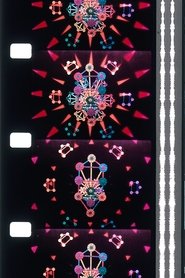 Study for Film No 11 Mirror Animations 1957...
Study for Film No 11 Mirror Animations 1957...No. 10: Mirror Animations 1956
Study for Film No. 11: Mirror Animations (1957). Harry Smith described the film as, “An exposition of Buddhism and the Kaballah in the form of a collage. The final scene shows Agaric mushrooms growing on the moon while the Hero and Heroine row by on a cerebrum”.
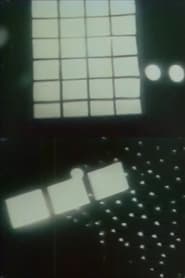 16 mm black amp white and color 216...
16 mm black amp white and color 216...No. 4: Fast Track 1947
16 mm, black & white and color, 2:16 or 6 min. Silent though possibly intended to be screened with Dizzy Gillespie's Manteca. The film starts with a color sequence showing Smith's painting Manteca (ca. 1950) with which he tried to subjectively depict Gillespie's song, every brushstroke representing a music note. The film concludes with black & white superimpositions.
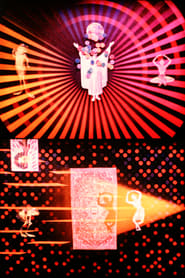 Cut up animation and collage technique...
Cut up animation and collage technique... 16 mm color silent 525 or 15 min Optically...
16 mm color silent 525 or 15 min Optically...